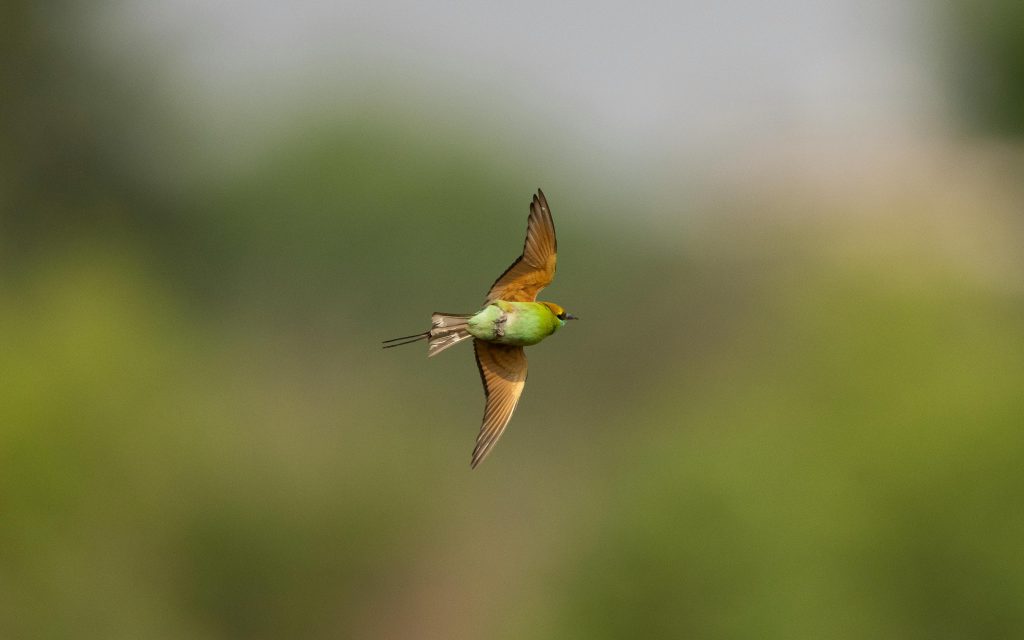The Power of Planning: Why Patience and Preparation Matter in Bird Photography
There’s something magical about capturing a bird mid-flight or frozen in a moment of feeding, wings spread, feathers illuminated by golden light. But behind every jaw-dropping bird photo is more than luck—it’s the result of intentional planning, careful observation, and patient anticipation. Bird photography, more than many genres, rewards those who slow down, study their subject, and commit to the long game.
The Myth of the Lucky Shot
Sure, we all love a surprise encounter—a bald eagle soaring overhead or a hummingbird darting into frame. But the reality is, those images that make you pause and say “Wow!” are almost always the result of scouting, timing, and strategy. Great bird photographers aren’t just photographers. They’re also part naturalist, part tracker, and part storyteller. They’ve done the work to know when and where the shot is likely to unfold.

So, what goes into that kind of planning?
Timing is Everything
Birds operate on remarkably consistent daily routines. The most active times of day tend to be early morning and late afternoon—both times when the light is soft and golden, and the world is quieter. In the morning, birds are eager to feed after a long night and are often easier to spot. Later in the day, many return to the same areas to feed again or settle into their roosts for the night.
If you want to get those crisp, dynamic shots of birds feeding, singing, preening, or in flight, it pays to arrive early—before the birds do—and stay late. Planning your shoot around these windows will give you the best chance at high-energy, behavior-rich moments, all captured in the most flattering light.
Learn Their Patterns
Every bird species has its own rhythm. Some are ground feeders, others flit from branch to branch. Some are territorial and return to the same perch time and again. Others circle wide areas in search of food or mates.
Spending time just watching—without your camera at the ready—can be one of the best investments in your photography. Find a location where you’ve seen a bird species you’d like to capture. Then sit. Observe. Take notes. Which direction do they fly in from? What’s their favorite perch? How often do they return to it? When do they call out or fluff their feathers or tilt their head in that perfect portrait pose?
This process is called “pattern recognition,” and it’s the secret sauce of consistently powerful bird photography. Once you begin to spot these patterns, you’ll find yourself able to predict behaviors and movements—and be perfectly positioned to press the shutter at just the right time.
Feeders, Water, and Habitat
Another key to planning is understanding what draws birds in. Feeders and birdbaths can be incredibly helpful, especially if they’ve been set up for days or weeks before your session. Birds come to trust reliable food and water sources, and many will return multiple times a day.
In natural habitats, look for berry bushes, flowering plants, or insects—food sources that attract birds. Areas with mixed habitat—trees for perching, open areas for foraging, water for drinking—will often attract the widest variety of species. Position yourself so the background is clean, the light is ideal, and your subject is comfortable.
Bonus tip: Set up near a natural perch (like a branch near a feeder or water source) rather than the feeder itself. This makes for a much more “wild” looking image while still benefiting from the draw of a reliable food source.
The Waiting Game
Once you’ve done your research, set your location, and dialed in your settings—it’s time to wait. And wait some more. Bird photography is often a study in patience. But when that bird returns to its perch, or takes off just as the light hits the feathers just right, you’ll know that the wait was worth it.
Those rare moments become predictable only when we put in the time to understand the rhythms of the natural world around us. Planning, watching, learning, and waiting—these are the hallmarks of the bird photographer who consistently comes away with powerful images.
Want to Learn More?
If this excites you and you want to take your bird photography to the next level, join us on May 18 at Calgary’s Inglewood Bird Sanctuary for our special event: Evening Light & Feathered Flight. Led by Norm Cattoni and David Benjatschek of Learn Photography Canada, this golden-hour workshop includes expert coaching, a delicious dinner from Empanada Queen, and hands-on instruction to help you capture the birds in their most beautiful light.
Register here or call 1.888.734.2641 and let’s plan your next great bird shot together.
